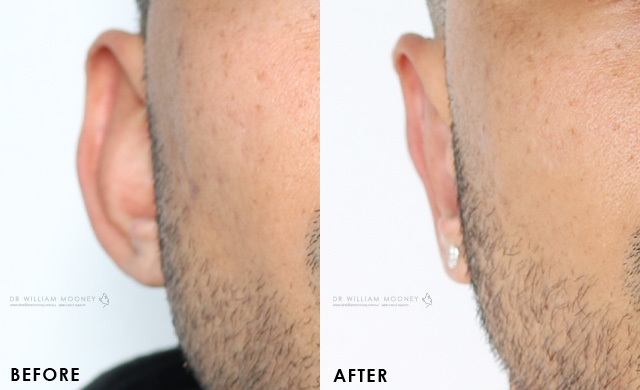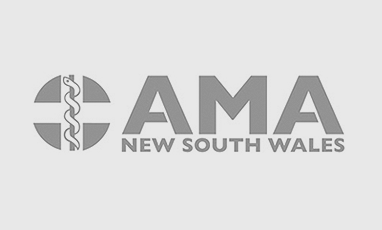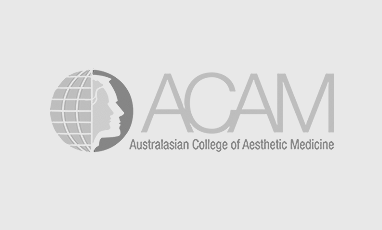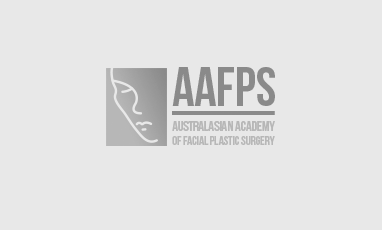WHAT IS PROMINENT EAR CORRECTION?
Prominent Ear Correction or “Otoplasty” is a procedure used to reduce large or protruding ears by setting the ears back closer to the head as well as moulding, shaping and/or removing cartilage.
Otoplasty can alter a person’s appearance by making protruding ears less prominent.
Prominent ears are often caused by an undeveloped middle fold of the ear, the ‘anti-helix’, coupled with an over development of the bowl or ‘conchal bowl’. Otoplasty can be performed at any age after the ears have reached (or nearly reached) their full size, which is around 5 to 6 years of age. This surgery is most often performed on children between the ages of 5 and 14. However, an increasing number of adults are now choosing to elect for the procedure. Otoplasty can also be successfully combined with other procedures such as thread lifts and rhinoplasty.
Other ear correction surgery may address issues such as prominent or excessive ear lobes, asymmetry, following trauma or ear piercing abnormalities.
BEFORE & AFTER
Post images are taken between 3 to 12 months
after the procedure. Individual patient results may
vary; these pictures do not in any way guarantee
a specific outcome. Variations in genetics, diet, exercise and the amount or root cause of the original protrusion may affect outcome. View DISCLAIMER
THE PROCEDURE
Otoplasty generally involves re-shaping the cartilages of the ears, , and reduce the protrusion.
Surgery begins with an incision just behind the ear, in the natural fold where the ear is joined to the head. Dr Mooney will then remove the necessary amounts of cartilage and skin required to achieve the right effect. In certain cases, Dr Mooney will trim the cartilage and shape it into a more desirable form and then pin the cartilage back with permanent sutures to secure the cartilage. In other instances, Dr. Mooney will not remove any cartilage at all, using stitches to hold the cartilage permanently in place.
Sutures are placed in the cartilage on the back side of the ear to maintain the new position. Incisions and the resulting scars are well concealed on the back of the ear, so that there is no visible scarring.
WHAT TO EXPECT AFTER
Generally patients will require two weeks of rest, and wear the surgical dressing day and night for the first week. We then suggest wearing a head-band or dressing at night for the first 4-6 weeks. This is necessary as the ears have a propensity to re-protrude, even following the most meticulous surgery. This post op care, along with pain relief, and topical and oral antibiotics affords the best results to our patients.
Please contact our Patient Coordinator through our Online Inquiry Form or call 0484 900 384 to book a consultation today.
Any surgical or invasive procedure carries risks. Before proceeding, you should seek a second opinion from an appropriately qualified health practitioner.
FAQ’S
Expect to spend about 45 minutes to an hour with Dr William Mooney for a thorough otoplasty consultation.
You will first be greeted by Dr Mooney’s receptionists, they will ask you to fill in a form with basic details.
One of Dr Mooney’s trained nurses will begin by taking high resolution images for subsequent digital images. The nurse will also provide a pre-consultation.
This is followed by a formal consultation with Dr William Mooney.
He will assess your full medical history and a medical examination is performed.
Pertinent to ears Dr Mooney will assess your overall face shape, sex and ethnicity.
Specific to the ears is the lateral excursion from the skull and the anatomy of the ear, including the helical fold and the depth of the conchal bowl, the position and shape of the earlobes and the symmetry of the ears or lack thereof.
We listen carefully to the cosmetic concerns of each patient and their family. We use real time, high resolution imagery to show patients different possible surgical plans and outcomes.
Dr William Mooney will then discuss operative planning, risks and complications.
The patient is sent home with the altered images to consider with their loved ones and then we always see the patient again before surgery is considered. We always have at least two consultations before surgery.
This cooling off period is essential as this is such an important life decision. It is a healthcare stipulation for young patients but we apply to all patients.
At our subsequent consult, we discuss the finer details of the pre-operative treatment; what to wear, eat, think and do as your operation approaches.
You will also revisit the digitally modified images and don’t move forward until the patient and doctor are fully appraised and happy with the plan.
This is an interesting question, there is a clear cut off at which ears start to look abnormal. A 14mm excursion from the side of the head, at greater than 14mm people start to notice your ears as prominent. Asymmetry or rather local features such as excessive ear lobes may cause concern.
This is the only cosmetic procedure we consider performing on children. Simply because they may have trouble in playground if their ears are excessively large.
Following your first otoplasty consultation, the wait period is between two to six weeks.
The ear surgery (otoplasty) can take up to two hours.
Ear surgery (otoplasty) is performed under a general anaesthetic in a theatre setting.
The ears are prepped for surgery. An incision is made in the crease behind the ear.
Soft tissue is elevated from behind the ear cartilage and the soft tissue is resected.
The conchal set back is performed.
Furnas and mustarde are used to fold the ear back into place and other problems like earlobe fullness and asymmetry of the ears are attended to.
Dissolving sutures are used and a dressing, placed around the head.
Excessive post operative pain is not a common feature of this procedure. Wearing a head dressing for a week can irritate some patients, but is necessary.
Ears always bruise but usually resolves within seven to 10 days.
Ear surgery (otoplasty) is performed under general anaesthetic in a theatre setting.
Two weeks off work following otoplasty is sufficient.
Dr Mooney and the pre-operative nurse will go through all of your operative planning a couple of weeks before otoplasty surgery. Some food stuffs such as chilli, garlic and galangal do increase prolonged bruising.
Dr Mooney performed his first ear surgery (otoplasty) in 1998.
No, sutures are in the crease behind the ear and they are dissolving.
Typically, Dr Mooney will ask international patients to stay in Sydney for three weeks following otoplasty.
Typically, Dr Mooney will ask our interstate patients to stay in Sydney for 10 days following otoplasty.
Prior to your otoplasty surgery, you may be advised to stop and start certain supplements and medication.
Dr Mooney and the pre-operative nurse will go through all of your operative planning a couple of weeks before surgery.
Ear surgery (otoplasty) is typically a purely cosmetic procedure and cannot be claimed via Medicare or private health fund.
No, sutures are in the crease behind the ear and they are dissolving.
As soon as the dressing is taken off patients have a good idea of where the ear shape is. Swelling and bruising can take a couple of weeks to resolve however.
Following the ear surgery (otoplasty) procedure, no exercise week one, walking week two, light cardio week three is permitted, light weights week four and back to normal week five to six.
Yes, ear surgery (otoplasty) is a permanent procedure.






